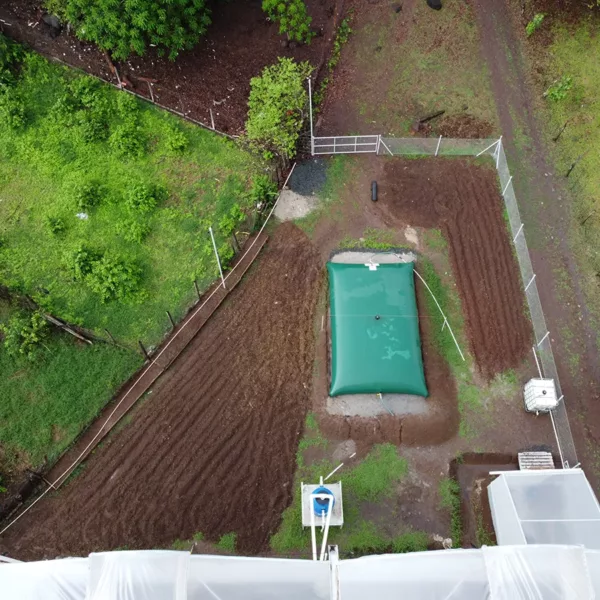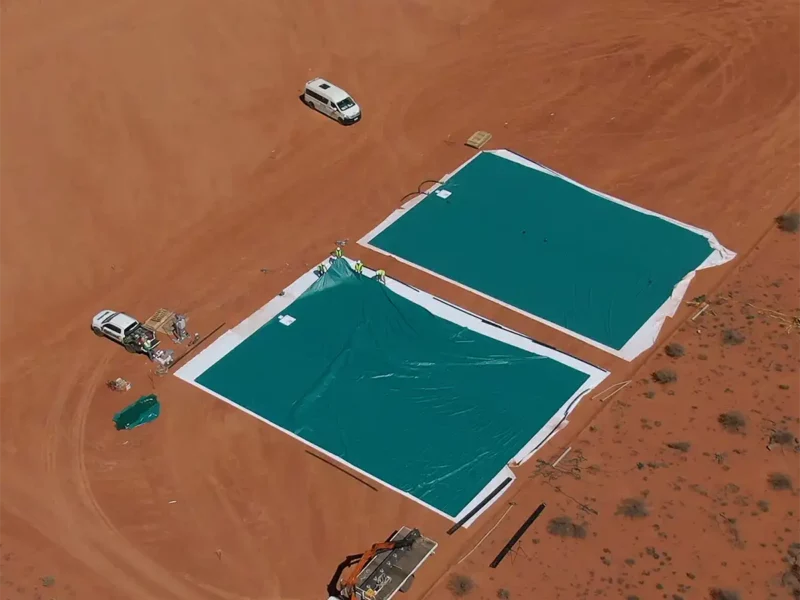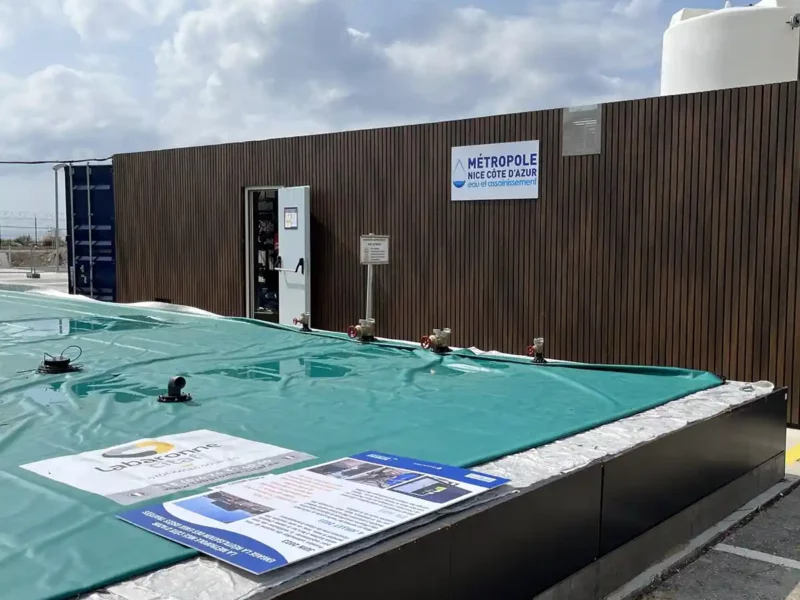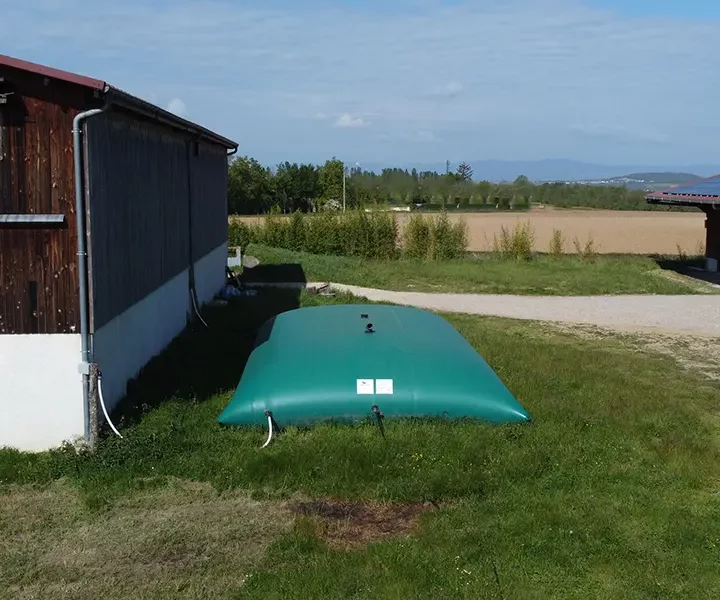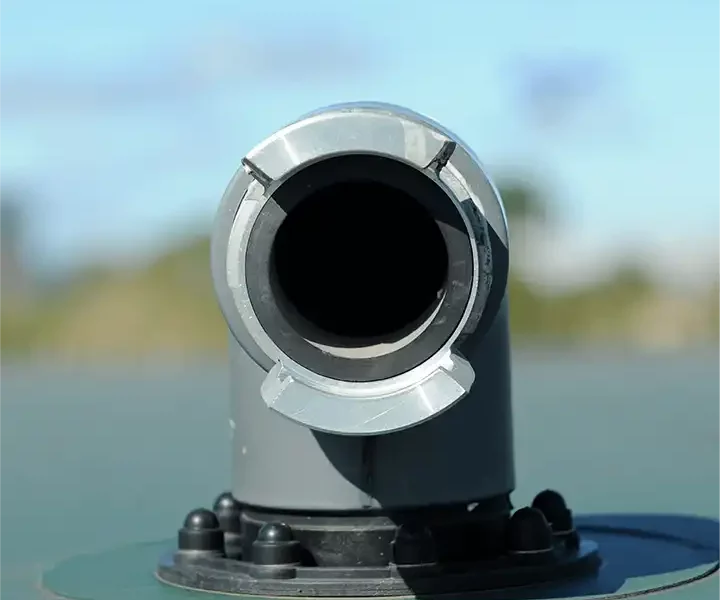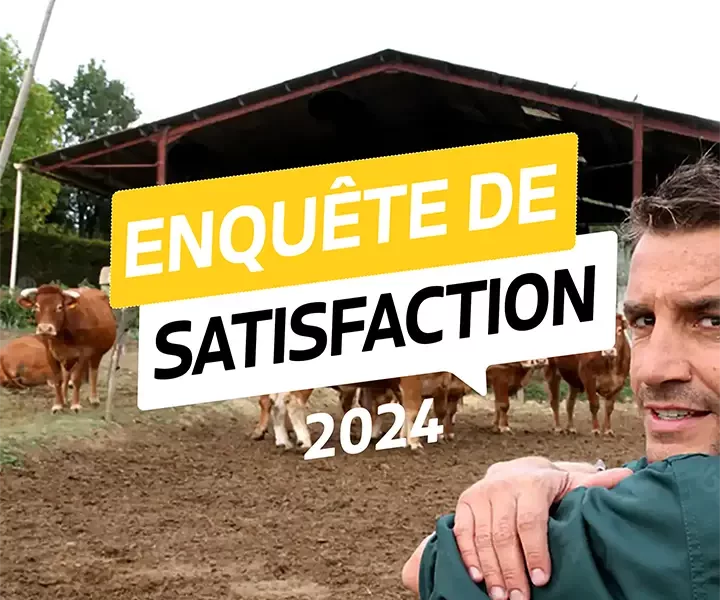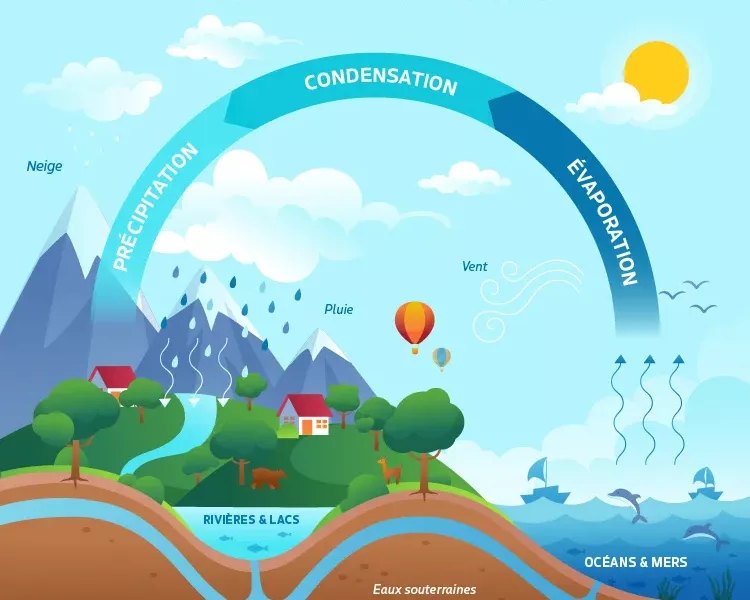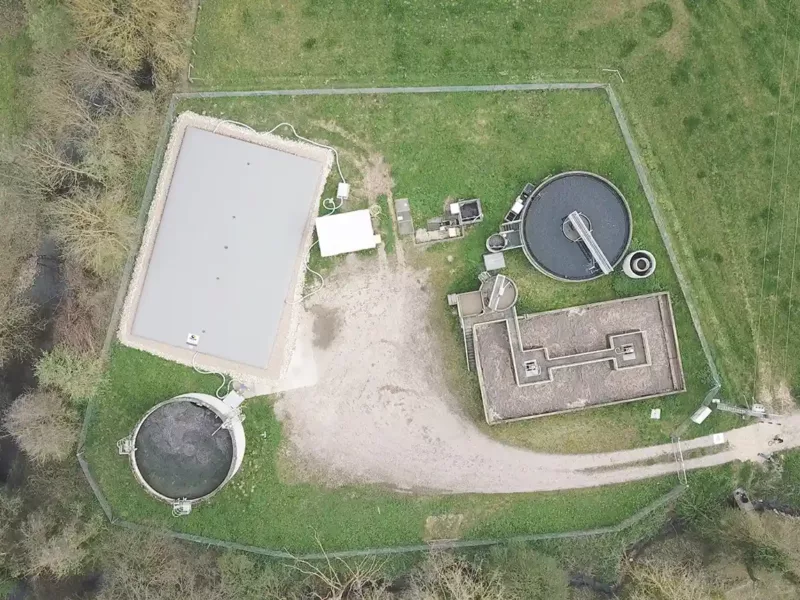Why use rainwater in agriculture?
Indeed, the vast majority of farmers feel increasingly constrained by the use of water on their farms. There are several reasons for this. But how can they cope with this water shortage?
In Europe, farmers must provide sufficient water for all animals on the farm. This watering obligation is imposed by a European directive. In addition to the need for sufficient water, the Directive specifies that animals must have access to water of adequate quality. This means water that is close to human potability. The aim is to limit diseases for animals and, by extension, for humans. To meet these obligations, these farmers must have access to a watercourse to feed their animals in the fields. Failing that, they must be able to provide water dispensers on their farms (in the fields or in the buildings) so that the livestock can drink properly.
But with farms whose water consumption exceeds 1000 m3 / year, how can you find sufficient resources for watering your animals without breaking the bank? It’s easy! All you have to do is collect rainwater.
How to collect rainwater?
Rainwater harvesting is done in several steps. Here are the main things to know before installing your rainwater harvesting system.
01 – Rainwater harvesting
To find out how much rainwater you can recover, you need to know the surface area of your roof that can be used and the rainfall in your region.
From a legal point of view, several obligations are imposed on farmers. For example, the roofs must be asbestos-free, a separator manhole must allow water to be evacuated, a grid must filter out large waste, etc.
GOOD TO KNOW: several countries have set up drought subsidies to help farmers finance their projects. Find out more locally!
02 – Rainwater storage
The flexible cistern is a very advantageous solution for storing and conserving rainwater. Indeed, equipment that limits temperature variations and exposure to light should be favoured in order to guarantee the quality of the water.
Much more economical than a concrete tank, the installation of a flexible water tank is also very practical as it is easy to install and can be fitted with various water treatment accessories.
Another great benefit is that the flexible tank can be adapted to your working environment. It can be installed inside a building, in a crawl space, or outside (at a distance or not from your roofs).
03 – Rainwater treatment
Even if rainwater is fresh water, rainwater is not drinkable. As it passes through the atmosphere and runs off roofs, rainwater can become loaded with metals, organic matter, organic or chemical micropollutants, but also micro-organisms.
It is therefore necessary to filter it (filtration grids, decanter) and to treat it (carbon filters, UV lamp…) to obtain healthy water.
04 – Livestock watering
For the harvesting and distribution of rainwater, favour underground pipes (at least 60 cm) to improve water quality. This avoids protecting your installation from accidental damage, limits temperature rises, and prevents the pipes from freezing.
05 – Monitoring
To ensure that your installation is working properly, it is recommended to carry out regular analyses of the quality of your water at the tank outlet (two to three times a year). Check the state of your gutters, screens, filters, etc. and replace equipment that has reached the end of its life.
Flexible bladders require minimal maintenance, so you can do a simple annual check-up of your tank. Remember to prune the vegetation around your tank if it is located outdoors.
Note that rainwater is considered demineralised. It therefore contains less minerals than river or collector water. It is therefore necessary to compensate for this deficiency by feeding the animals or by coupling this resource with mineralised water.
